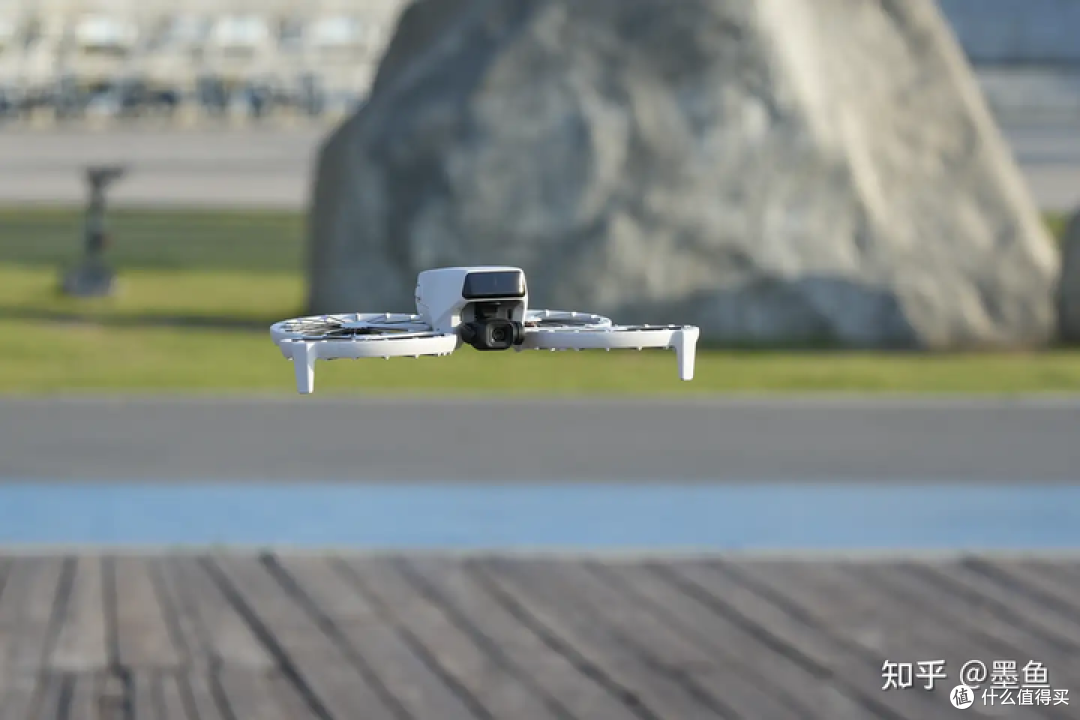Flying a drone at night offers a unique set of advantages compared to daytime flights. While nighttime flying may seem daunting at first, it can open up a world of possibilities for drone enthusiasts and professionals alike. The calmness and serenity of the night sky, coupled with the absence of daylight distractions, can provide a perfect backdrop for achieving stunning aerial shots.
Why Consider Flying a Drone at Night?
One of the key benefits of flying a drone at night is the ability to capture mesmerizing visuals that are impossible to achieve during the day. Nighttime offers a different perspective, where cityscapes come alive with glowing lights, and natural landscapes are bathed in moonlight. Whether you’re a photographer looking to capture the perfect shot, or a filmmaker aiming to create atmospheric footage, nighttime drone flights allow for creative freedom.
Enhanced Privacy and Less Congestion
Flying a drone during the day often means navigating through crowded airspace, particularly in urban environments. Night flights tend to have less air traffic, providing a safer and more private flying experience. Additionally, the reduced noise pollution at night means you can operate your drone without disturbing others.
Safety Tips for Night Drone Flying
Drones equipped with lights can enhance visibility and navigation at night. It’s important to comply with legal regulations regarding nighttime flights, such as informing local aviation authorities and ensuring your drone is equipped with the necessary lighting. Flying in open areas away from populated zones can help avoid accidents related to obstacles that may not be visible in the dark.
Capturing Night Photography
Navigating through the nighttime sky with your drone allows you to experiment with long-exposure shots and capture the beauty of landscapes under the stars. Cameras with advanced sensors can track lights from urban settings and the milky way, creating compositions that are both visually arresting and artistically compelling.
Technological Advantages
Drones used for nighttime flight are often equipped with advanced technology such as thermal imaging cameras and night vision capabilities. These enhancements allow drones to conduct inspections, surveillance, and wildlife monitoring when visibility is limited. This proves beneficial in sectors like security, agriculture, and conservation.
Solving Visibility Challenges
Using infrared and thermal sensors, drones can operate effectively even when natural light is scarce. This technology enables detailed observation and data collection in fields like construction and environmental science, where night surveys may provide unique insights.
Moreover, nighttime flying can reduce battery consumption as cooler temperatures enable better thermal management, resulting in longer flight durations and increased efficiency.
Frequently Asked Questions
- Is it legal to fly drones at night?
- Yes, it is legal to fly drones at night in many regions, but it’s critical to check local laws and regulations. Ensuring drones are equipped with navigational lights is often a requirement.
- What precautions should I take?
- Flying drones at night calls for additional safety measures such as pre-flight checks, selecting open spaces for flight, and using bright LED lights.
- Can all drones fly at night?
- Not all drones are designed for night flying. It is advisable to use drones with proper lighting systems and sensors to ensure safe navigation in darkness.

.jpg)